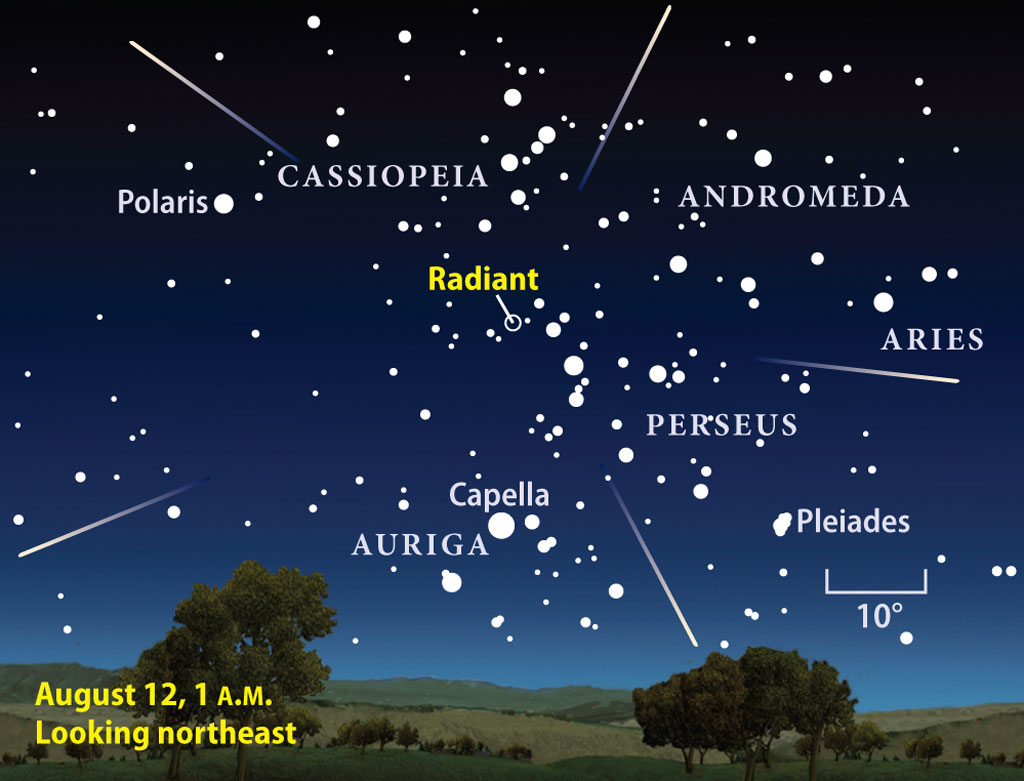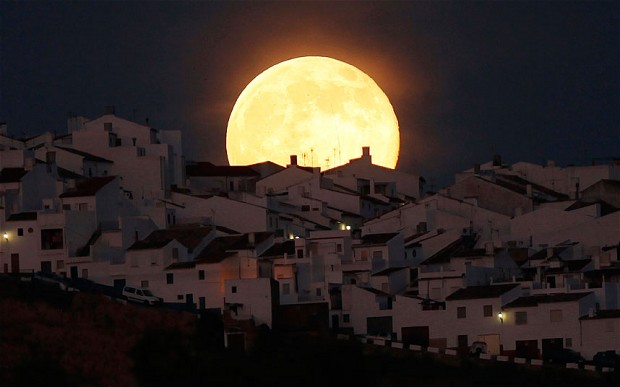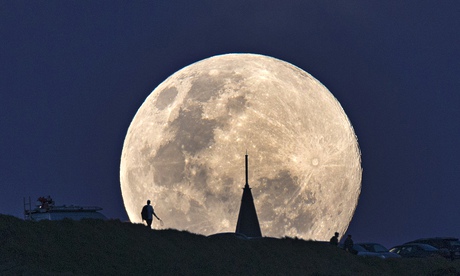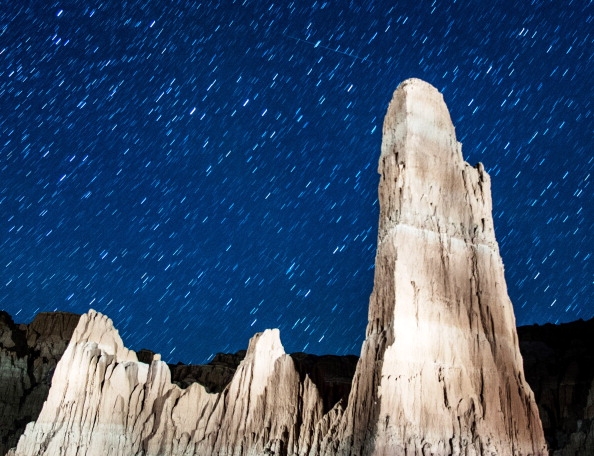See The Perseid Meteor Shower And Supermoon From Monday To Wednesday Night
The Perseid meteor shower – which is 'rich in fireballs as bright as Jupiter or Venus' – will coincide with a Supermoon in one of the most anticipated events on the skywatcher's calendar.
The annual Perseid meteor shower is upon us once again, and Malaysians have the opportunity to witness the "shooting stars" streak across the night sky from Monday to Wednesday
National Space Agency (Angkasa) in a statement today said on the second week of August, the biggest and clearest full moon for this year will occur simultaneously with the perseid meteor showers that will give a spectacular sight in the sky.
malaysiakini.comPerseid meteor showers occur when the Swift Tuttle comet passes through the solar system every 133 years and leaves behind a dust trail, according to its Wikipedia entry
The Perseids are a prolific meteor shower associated with the comet Swift-Tuttle. The Perseids are so-called because the point from which they appear to come, called the radiant, lies in the constellation Perseus. The name derives in part from the word Perseides (Περσείδες), a term found in Greek mythology referring to the sons of Perseus.
The stream of debris is called the Perseid cloud and stretches along the orbit of the comet Swift-Tuttle. The cloud consists of particles ejected by the comet as it travels on its 133-year orbit. Most of the particles have been part of the cloud for around a thousand years. However, there is also a relatively young filament of dust in the stream that was pulled off the comet in 1865, which can give an early mini-peak the day before the maximum shower.
The Perseid meteor shower is considered by many to be the most consistent one of its kind that occurs on Earth annually.
Also accompanying this year's Perseid meteor shower, is a dramatic Supermoon to be viewed around the same time
The statement added that the "super-moon" phenomenon would occur when the moon is at the nearest position to the earth, at 14% closer and 30% clearer compared with other nights. The moon will be at a distance of 356,896km at 1.46am while the full moon phase will occur at 2.09am next Monday.
thestar.com.myThe best time to witness the occurrence is after midnight until dawn in the northeast direction
The showers can produce many fireballs that have similar brightness as planets like Jupiter and Venus. When the sky is dark or free from moonlight, the observer normally can witness more than 100 meteors per hour.
malaysiakini.comTypically, the Perseids can deliver up to 100 falling stars per hour at its peak; however, the bad news is that the Supermoon could reduce that number significantly
The perigee moon, or supermoon, rises over Mount Eden in Auckland, New Zealand, on Sunday morning
Image via guim.co.ukBut all is not lost. The debris stream left by comet Swift-Tuttle, which produces the Perseids, is wide, so the shooting stars could make an appearance well before the moon becomes full. Tony Markham, director of the Society for Popular Astronomy's meteor section, also urged skywatchers to stay optimistic. "The Perseids are rich in bright meteors and so many Perseids will still be seen despite the moonlit sky background," he wrote on the SPA's website.
Where and how to see the Perseid meteor shower
Perseid meteors streak across the sky on August 12, 2013 in Cathedral Gorge State Park, Nevada
Image via latinopost.comIf you do want to view the meteors the best time is a few hours before dawn. However, as early as 10PM you can likely start seeing some meteors. Lie flat on your back with your feet pointed northeast and be patient.
You don't need any binoculars or telescopes to view the shooting stars, but if you wear glasses you should wear those. Meteors tend to come in clusters, so you might go 10 or 20 minutes without seeing any and then see several in a row.




